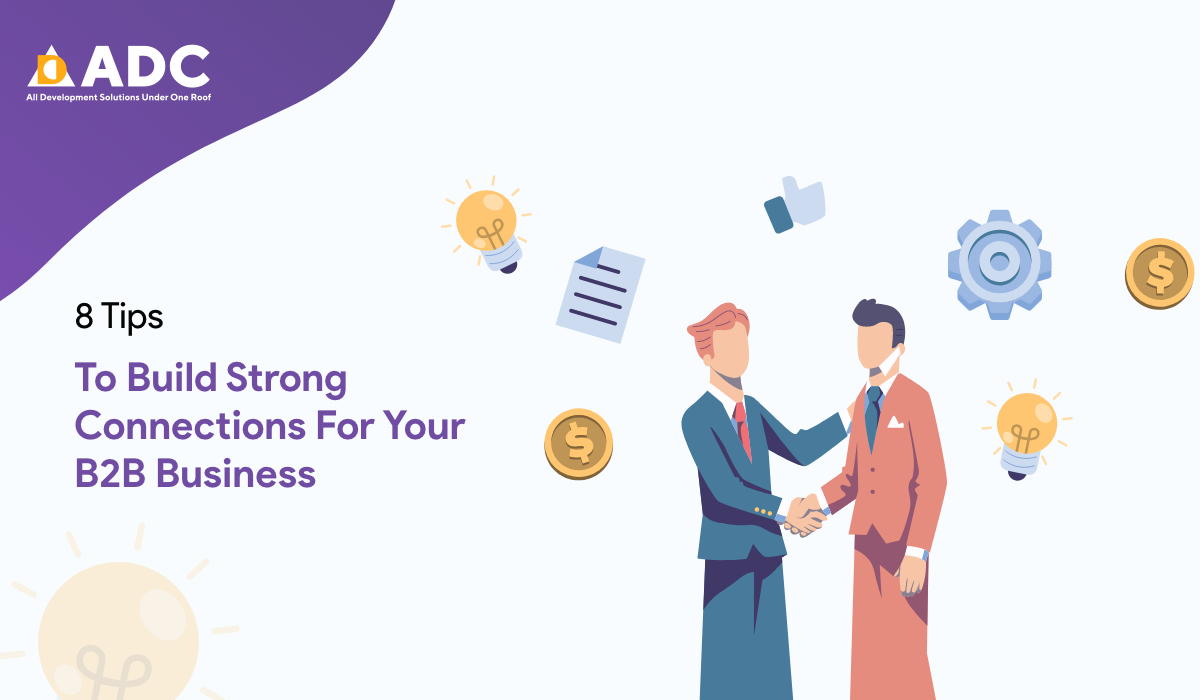Recent post
Subscribe to the Blog
Get our research-based blogs and stories delivered to your inbox.

The customer service sphere is passing through a significant phase of change. There was a time when every business owner used to think that it’s nothing more than a business liability. Today, however, it’s one of the key drivers of business growth and customer engagement. Often described as “relationship manager” or “happiness heroes,” with newer roles, B2B firms can bolster their bonds with customers. The value that you gain from these teams is priceless, to say the least. When it comes to customer engagement facilitation or churn prevention, these teams are your lifeline. According to researchers, a customer will be four times more likely to avoid buying from you by turning to a competitor of yours if there’s a problem concerning service vs. product or price. Also, if you can increase your customer retention levels by 10%, it will contribute to a 30% increase in the value of the company. Finally, more than 90% of unhappy customers won’t do business with you again; not willingly, at least. As you can see from these statistical data pieces, building strong B2B relationships is mandatory. Here you’ll learn how to nail it.
You need to turn your attention towards ways of bolstering customer relationships that don’t incorporate reducing the price. After all, deducting the costs incurred by your clients won’t solve all the pain points they’re experiencing. You’ll simply incur losses. Therefore, you should avoid doing it whenever possible. Instead, emphasize the specific value points that your customers expect to engender. None of your customers care about the revenue you earn, the expectations of your stakeholders, or your sales allocation. They simply require solutions to the unique business challenges they’re facing. Naturally, your marketing messages and product position should be a mirror image of what your customers feel and think.
The support-providing team working with your company is your chief empathizer. They navigate their way through a pool of challenges and witness the best moments, as well as the worst frustrations that your clients face. With their guidance, you can make your everyday business decisions concerning your product, marketing, and even IT-related matters. That’s why you should think about sharing your customer service chores. For instance, you can ask every member of the team to take turns in answering queries received on live chat. It’s a unique practice that provides all members of the team a transparent view of the pain points affecting your customers. Instead of separating customer support from the rest of the operations your company handles, workers from various departments can use their investigative skills to find relevant concerns of customers to enhance your services and products.
Making the growth numbers as aggressive as possible is on every B2B company’s agenda. Then again, it’s better to take things one at a time during specific situations. You may find it tempting to grab everything you can with both your hands and acquire as many clients as you can. However, unfocused growth always brings risks of churning. To make things worse, dissatisfied clients will look at your marketing messages as nothing but empty promises. Understandably, your brand and its reputation will in the long run. The best thing you can do is to make your focal point as narrow as possible and specialize in what you’re going to provide. Prioritize just a couple of customer segments you’re aware of. These customers should have maximum chances of succeeding with your service, product, or platform.
There’s no point in leaving your customer’s at an arm’s length every time. You should consider them as your partners. You should even try to build a client advisory board and give your faithful patrons a seat at the table. This group, of course, has to be small, but it also has to be a representative of your entire client base. You have to strike a balance between business partners along with customers who have been doing business with your company since the first day. You can choose to host official meetings, or you may consider connecting with each member individually. No matter how you work with the members of the board, keep them close to the product you sell and inform them about marketing decisions you make. Don’t forget to ask them for advice before releasing anything. Make them your most trusted assets.
As an effective B2B model, Software-as-a-service or SaaS recently propped up and overturned conventional support models. Ongoing relationships drive customer success more than before these days. Now, you can’t disavow the fact that customer retention is as mission-critical as acquisition. In fact, it’s much more important because researchers say that it can be almost seven times more resource-hogging. Apart from getting users to sign up, you have to provide them with incentives. They make a client stick around longer and continue using your products and services. It doesn’t matter whether you have ten customers or ten million – you must take as much as you need to engage with each person individually. In that regard, check-ins and targeted messages can be useful. Utilize every bit of data you have to ascertain whether you should reach out to your customers and when to do it. Whenever you spot someone who’s about to turn tails, you should send a check-in email.
Even you know that a person always wants to do business with another person. Nobody expects to deal with a nameless and faceless company. Your brand probably has more than enough personalities that your clients will respect. You must leverage the skills of these people to make your brand shine. Speak to your team that faces customers and encourage them to take ownership of your communications. Ask them to write and speak in a style that’s perfectly natural to them. Encourage your employees to share content pieces that they find interesting on social media platforms. When it comes to adhering to your brand’s values, message, and voice, you should think about building a social style-guide to give direction.
No, you don’t need to hire a raggedy band of cutthroats to scare your business rivals into submission. According to business specialists, spending quality time with customers can be useful, but it’s even more beneficial to spend “quantity time.” What does it mean? You need to run faster than your competitors and reach your clients earlier. Once you do that, you have to solve the challenges they face. It will let you make decisions based on what customers expect and need from you, and it should be enough to keep you ahead of your business rivals.
You must always remind yourself that there’s a real person on the other side of the phone line or computer screen. Just like you, this individual wants to succeed in his/her line of career and has ambitions. This person is seeking opportunities to grow and thrive. The B2B relationship you build is one of the numerous bullet points on this person’s list of obligations. Among all those bullet points, there’s one that’s more powerful than others. It provides you a powerful opportunity to help that individual in nailing the role he/she has to play. Therefore, if you can build high-performance business relationships, they will empower your clients in the roles they play in their organizations.
Building B2B relationships incorporate showing the smallest gestures as they matter most. Showcasing that you belong to the human race works better than displaying your significantly large branding budget. As long as you can show off your personality perfectly, you will surely appear on the radar of your customers.
Get our research-based blogs and stories delivered to your inbox.
 Top Mobile App Development Firms
Top Mobile App Development Firms
 Top Web Development Firms
Top Web Development Firms
 Top On Demand App Developers Firms
Top On Demand App Developers Firms